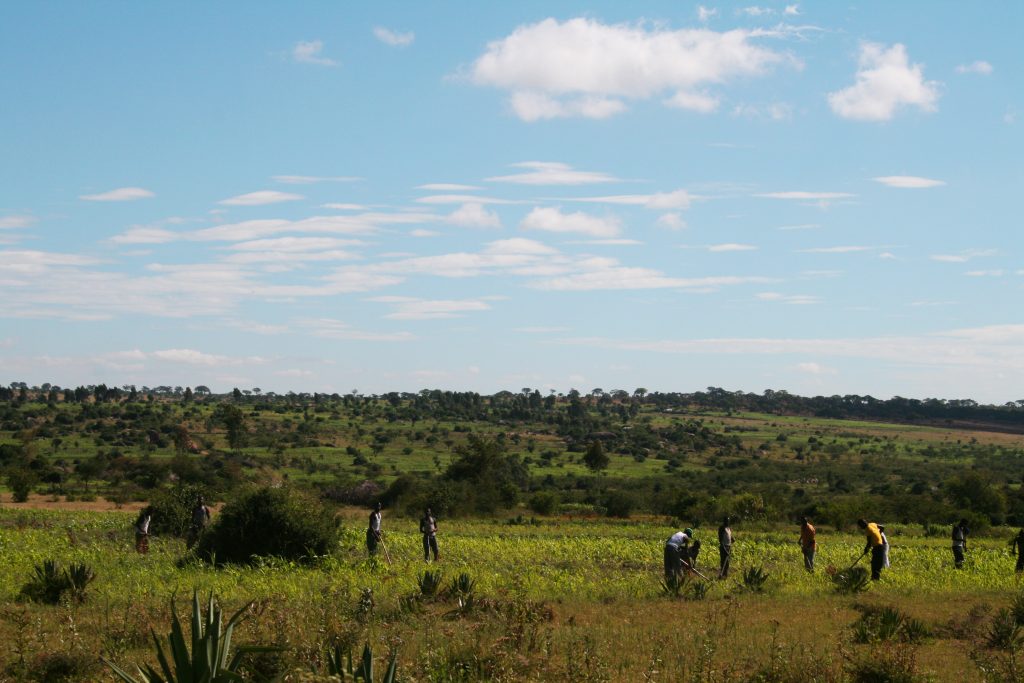Conservation efforts for critical ecosystems around the world are continually threatened by human pressure, and Serengeti National Park (NP) manages resources conflict along its borders with locals. The SELVA team recently traveled around and in the Serengeti National Park where it falls within Mara River Basin and we witnessed active cultivation near to the Fort Tikoma and Tabora B entrances. Before traveling into the field, our team examined satellite imagery of the park boundaries and found tracks from local settlements into the park. Recent news stories report regional drought conditions causing increased illegal grazing of local livestock, locals illegal harvesting charcoal, and the perennial controversy of the Maasai access to ancestral and religious landscapes. Resources demand of conservation land for a range of critical species needs and land necessary for local resources needs requires complex mediation strategies between the people, the park, and the government. The SELVA team collected information from the park guards, local communities, and businesses inside of the Serengeti NP to better understand this situation.
The contrast between land inside the park boundary and the local landscape outside is remarkably different. The area is situated along the Tanzanian border with Kenya where the semi-annual great land migration of more than one million wildebeest, zebra, and gazelle takes place, and is one part of a contiguous landscape of restricted land for conservation which attracts tourists with cameras and guns. Just outside of the park boundaries, the entire landscape is different and the footprint of generations of local people cultivating and grazing is evident: forested areas have made way for fields and local infrastructure, remaining forests are under pressure from charcoal harvesting, tobacco farms, and resulting land erosion is visible throughout the Lower Mara River Basin as a result.
Conflict with locals over land, timber, and animal resources is an ongoing management issue not limited to Serengeti, but occurs in many parts of the world. These conflicts will only increase over time as climate change and land and water resources development couple to shift regional and global hydrological cycles, seasonal temperatures, and the predictability of these environmental aspects integral for subsistence agricultural communities.








Recent Comments